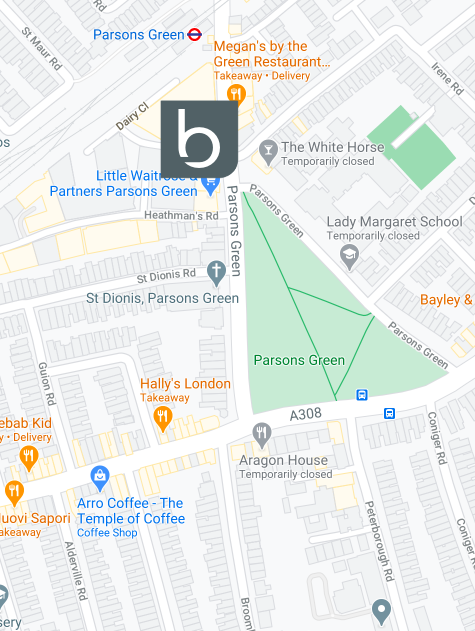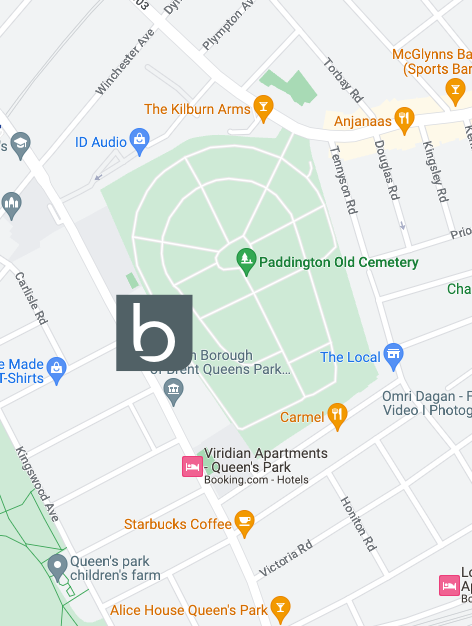
Close
Enquiry
Please see contact information below or complete the form and we will get in touch with you.

Parsons Green
3rd Floor Brigade House
8 Parsons Green
London
SW6 4TN

Queen's Park
2nd Floor
105-109 Salusbury Road
London
NW6 6RG

Jesse's House
8-10 Heathmans Road
Parsons Green
London
SW6 4TJ
Pelvic Health Physiotherapy – Part 3 of 4

Introducing Pelvic Health Physiotherapy (and everything you ever need to know about Pelvic Floor Dysfunction) – Part 3 of 4
In the first of this series of Women’s Health articles, LETO client Jill questioned why Pelvic Health Physiotherapy has such a low profile in the United Kingdom compared to its French neighbours.
In France the government provides all women with la rééducation périnéale — up to 20 sessions of therapy to restore the postnatal pelvic floor and retrain the abdominal muscles following the birth of a child. Here in the United Kingdom a woman attends her six-week postpartum check-up with her GP and, if nothing is seriously wrong, is reminded to do her Kegel exercises (if she is lucky!), cleared to have sex again, and sent on her way.
La rééducation périnéale was first introduced in France after WWI when many young Frenchmen were killed and there was concern that French women needed to reproduce and make up for the loss – as quickly as possible! The intent of la rééducation périnéale was to help women have sex again more quickly, and more easily and safely have another child. Today, the importance of the restoration of the pelvic floor is a task prioritized by health practitioners and new mothers alike.
This does not explain why women in the United Kingdom are afforded incomparable care to our French neighbours. To this question we really don’t have the answer. What we do know is that just because minimal care and consideration for Women’s Health issues is the norm here in the United Kingdom, it does not make it right. As we have stressed earlier the fact that Women’s Health issues are incredibly prevalent does not make them normal. They are not!
Here we provide some exercises to empower you to take the health of your pelvic floor into your own hands.

Pelvic Floor Exercises
Anyone involved in physical activity, especially yoga, appreciates the significance and importance of proper breathing. What many people don’t understand is the pivotal role the diaphragm plays in core stability. Learning to use the diaphragm effectively will improve breathing, stability and overall performance. To ignore either the function of the pelvic floor muscle or the diaphragm irrespective of how phenomenally fit your abdominals and back muscles are, can lead to significant dysfunction.
Your diaphragm should be able to move down as you breathe in and up and as you breathe out. If you are unable to allow the diaphragm to work effectively it makes drawing up of the pelvic floor very difficult.
Follow these simple tips to ensure you are using your diaphragm effectively:
- Allow shoulders and abdominals to relax completely
- Gently breathe in and out slowly allowing the ribs to expand and stomach to rise and fall with each breath.
Try these simple exercises to strengthen the pelvic floor:
- Gently tighten the pelvic floor muscles by imagining you are trying to stop urine and wind at the same time.
- Tighten and relax quickly 10 times in a row
- Tighten and hold for 10 seconds 10 times in a row whilst using proper breathing techniques:
- Breathe in then out
- Gently draw up through the pelvic floor
- Continue to breath as you maintain contraction
Tighten your pelvic floor muscles when you feel you might be about to leak. Pull up the muscles before you cough, sneeze, laugh or lift anything heavy. Your control will gradually improve.
Exercising your pelvic floor should not show at all externally. You should not pull your tummy in excessively, squeeze your legs together, tighten your buttocks or hold your breath.
Build these exercises into your everyday routines and repeat 6 times a day. Try these in bed on waking, while you are taking a work break, travelling on the bus or underground, or as part of your exercise routine. Consider downloading an app that reminds you to perform your exercises. This may help motivate you and encourage good habit formation!
It takes time for exercise to make muscles stronger. You are unlikely to notice any improvement for several weeks – so stick at it!
Important note: Kegel exercises are not the answer to everything and it is important to tailor solutions to the individual woman and her needs.
Next week in the final of our four “For Women Only” newsletters we introduce the Women’s Health Physiotherapy team at LETO and provide an overview of the services available. We then conclude the series with “LETO’s Lifestyle Rituals for a Healthy Pelvic Floor” – guidelines for living with a healthy pelvic floor. Important for all women, through all walks of life!

